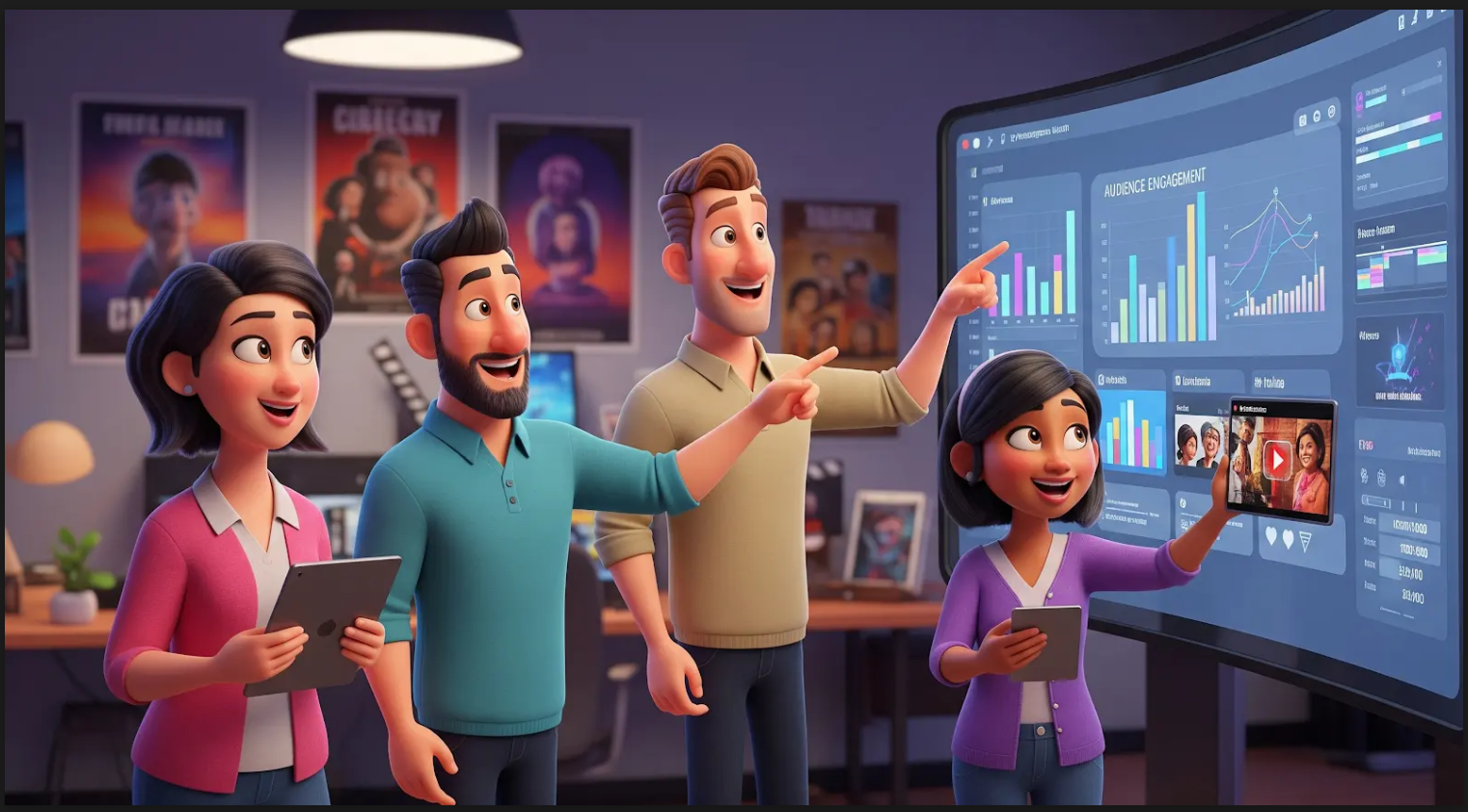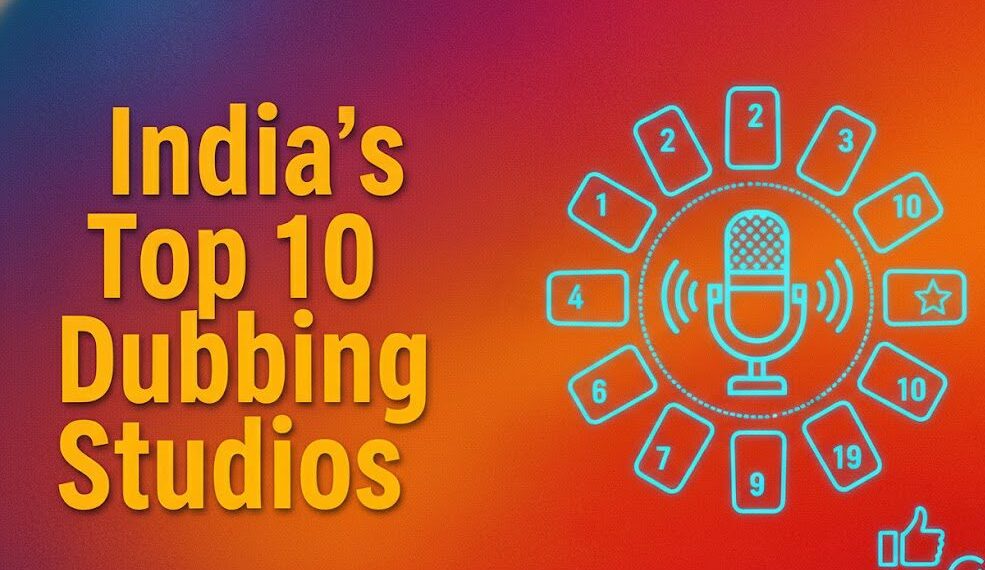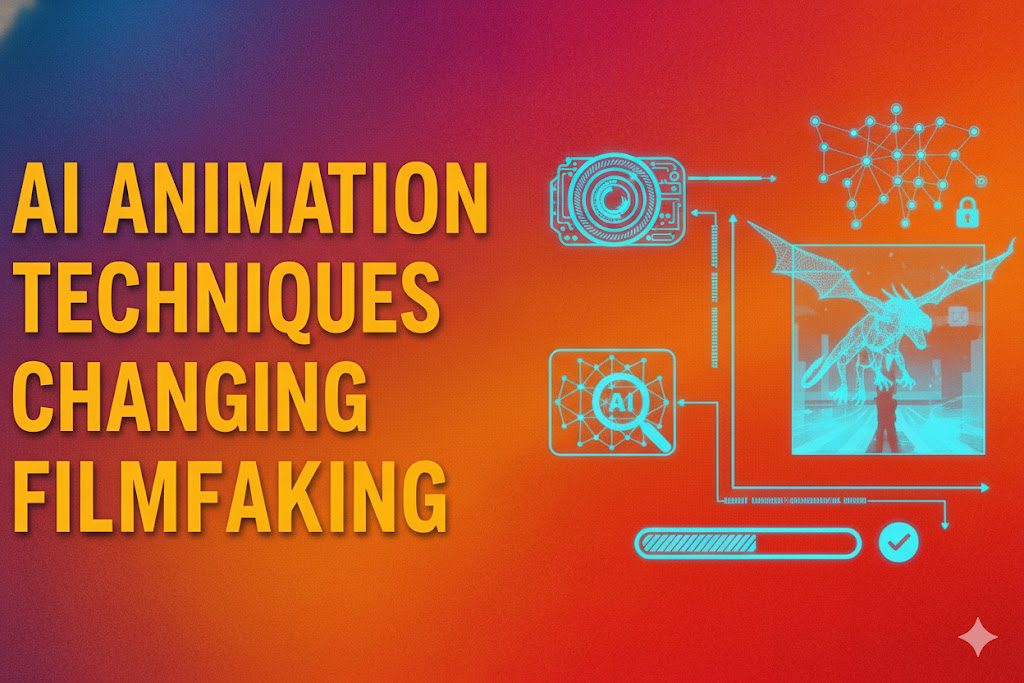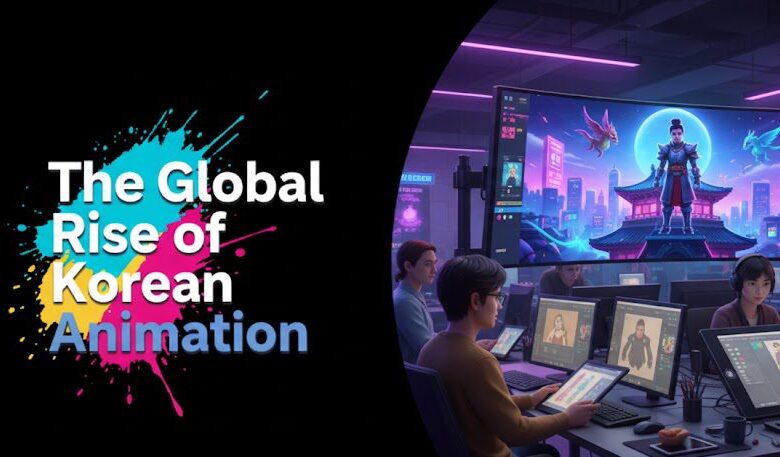Introduction
In an increasingly saturated content landscape, simply making a great film or TV series is no longer enough.
The challenge has shifted from production to propulsion: how do you cut through the noise, capture audience attention, and translate critical acclaim or creative merit into widespread viewership and cultural resonance?
The answer lies in the meticulously crafted, multi-layered beast that is the modern film marketing campaign.
In the digital age, this isn’t just about billboards and TV spots; it’s a dynamic, data-driven, and highly interactive ecosystem designed to build anticipation, foster community, and drive engagement from concept to consumption.
Beyond the Traditional Blueprint: A Paradigm Shift
For decades, film marketing followed a relatively predictable trajectory: teaser, trailer, poster, print ads, TV commercials, and maybe a talk show appearance or two.
The goal was broad awareness, primarily through mass media. While these elements still hold some sway, the advent of digital platforms, social media, and fragmented audience attention has completely rewritten the rulebook.
A successful campaign today is a sophisticated blend of art and science, leveraging granular data, influencer reach, direct audience engagement, and immersive experiences. It’s less about shouting at the masses and more about whispering directly to niche communities, then amplifying those conversations.
The Foundational Pillars of a Modern Campaign
- Defining Your Audience and Unique Selling Proposition (USP):
Before a single marketing dollar is spent, profound clarity is needed on who the film is for and what makes it unique. Is it a niche arthouse drama, a broad family animation, or a tentpole superhero epic?
Each demands a different approach. The USP isn’t just about genre; it’s about the core emotional hook, the star power, the director’s vision, or a timely social relevance. Understanding this allows marketers to identify core demographics, psychographics, and potential fan bases, forming the bedrock of all subsequent strategies. - Strategic Release Planning: The Chess Match of Dates
Release date selection is a high-stakes game. It considers competitive titles, holiday seasons, awards windows, and even major cultural events. A carefully chosen date can mean the difference between breakout success and being buried in the competition.
This also dictates the overall marketing timeline, typically a 6-12 month lead-up, intensifying in the final 8-12 weeks before release.
Key Phases and Digital Strategies
Phase 1: Pre-Production & Early Buzz (The Whisper Campaign)
- Social Media Groundwork: Even before principal photography wraps, official social media handles (Twitter/X, Instagram, TikTok, Facebook, YouTube) are established. Early content includes behind-the-scenes glimpses, concept art, cast announcements, and director’s notes. The goal is to build an early, engaged following.
- Industry News & Trade PR: Strategic leaks or official announcements to industry outlets (Variety, Hollywood Reporter, Deadline) generate initial trade buzz, attracting distributors, sales agents, and early investors.
- “First Look” Reveals: Exclusive content given to select publications or social media platforms (e.g., a character costume reveal, a pivotal set photo) to create initial intrigue.
Phase 2: Production & Post-Production (Building Anticipation)
- Teaser Trailer & Poster Launch: The first major visual assets. Teasers are short, atmospheric, and designed to generate curiosity without revealing too much plot. Posters are art pieces, encapsulating the film’s essence and primary hook. These are strategically dropped on digital platforms first, often with a “social media unlock” component.
- Digital Content Rollout:
- Behind-the-Scenes Vlogs/Featurettes: Short videos showcasing the making of the film, interviews with cast/crew, special effects glimpses. These humanize the production and offer fans exclusive access.
- Character Spotlights: Mini-trailers or social media graphics focusing on individual characters to build connection.
- Interactive Content: Polls, quizzes, AR filters on platforms like Instagram and TikTok that allow users to engage directly with the film’s themes or characters.
- Official Website/Hub: A central digital destination featuring all trailers, synopses, cast/crew info, production diaries, and links to social channels.
- Influencer Marketing: Collaborating with established social media personalities, fan accounts, and niche content creators whose audience aligns with the film’s target demographic. This is often more authentic and impactful than traditional advertising for certain segments.
- Film Festival Strategy: Premiering at prestigious festivals (Sundance, Cannes, TIFF, Venice) generates critical acclaim, distributor interest, and invaluable word-of-mouth ahead of a broader release. The festival circuit creates “early adopters” who become evangelists.
Phase 3: Pre-Release & Release (The Blitz and Sustained Engagement)
- Full Trailer & Final Poster: The main trailer is a comprehensive narrative preview, often cut in multiple versions for different platforms and audiences. It’s strategically placed online, often preceded by a countdown or live event.
- Media Partnerships & Exclusive Content: Working with major digital news outlets, entertainment sites, and streaming platforms to provide exclusive clips, interviews, or content.
- Talent Activations:
- Social Media Takeovers: Cast members take over the film’s social accounts for a day, engaging directly with fans.
- Q&As & Live Streams: Interactive sessions with filmmakers and cast on platforms like YouTube, Instagram Live, or TikTok.
- Digital Press Junkets: Online interviews and virtual roundtables with journalists and content creators.
- Targeted Digital Advertising: Highly precise ad campaigns on social media (Facebook, Instagram, TikTok, X/Twitter), Google Ads, and programmatic display networks. These use demographic, interest, and behavioral targeting to reach specific audience segments identified early on.
- Community Management: Active engagement with comments, DMs, and fan-generated content on all social platforms. Responding to queries, fostering discussions, and amplifying fan art or theories.
- Experiential Marketing (Digital Extensions): While often physical, these can have strong digital components. Think of AR experiences that bring film elements into the real world via a smartphone, or VR experiences that immerse users in a film’s setting.
- User-Generated Content (UGC) Campaigns: Encouraging fans to create and share their own content related to the film (e.g., fan art, reaction videos, cosplay) using specific hashtags. This builds organic reach and authenticity.
Phase 4: Post-Release & Sustained Life (Maximizing Longevity)
- Critical Acclaim & Awards Season Pushes: Leveraging positive reviews and industry recognition for awards campaigns, which can significantly extend a film’s cultural lifespan and attract new audiences.
- Home Entertainment & Streaming Platform Rollout: Marketing shifts to promote availability on VOD, DVD/Blu-ray, and ultimately, streaming services. This often involves new creative assets tailored for these platforms.
- Fan Engagement & Community Building: Continuing to nurture the fan base, perhaps with deleted scenes, blooper reels, director’s commentaries, or even virtual watch parties, maintaining a long tail of engagement.
The Digital Differentiators: Data, Personalization, and Authenticity
The true power of digital marketing lies in its ability to generate and analyze data. A/B testing of ad creative, tracking engagement metrics (likes, shares, comments, watch time), and monitoring conversion rates (ticket purchases, trailer views) allow marketers to optimize campaigns in real-time. This iterative process leads to greater efficiency and effectiveness.
Furthermore, personalization is key. Instead of a one-size-fits-all approach, digital tools enable marketers to deliver tailored messages to specific audience segments. A horror fan might see an ad emphasizing jump scares, while a drama enthusiast sees one focused on character development, all from the same film.
Finally, authenticity reigns supreme. Audiences, especially younger demographics, are wary of overtly corporate messaging. Campaigns that feel genuine, that invite participation, and that celebrate the unique aspects of a film and its creators tend to resonate more deeply. This often involves embracing memes, fostering fan theories, and allowing the community to shape some of the narrative around the film.
In conclusion, the anatomy of a successful film marketing campaign in the digital age is far more intricate and dynamic than its predecessors. It’s a continuous conversation, a strategic dance between data and creativity, designed not just to announce a film, but to embed it within the cultural consciousness.
For those who master its complexities, the rewards are not just box office numbers, but enduring audience connection and a truly global reach for their cinematic stories.




































